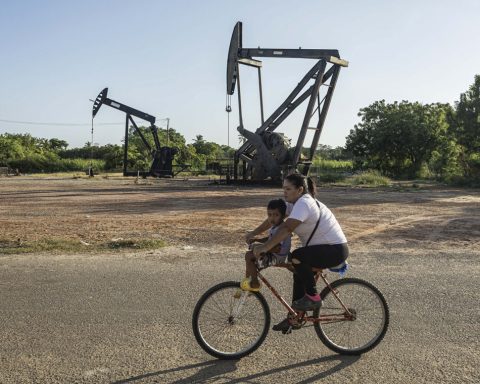The lack of rain in Uruguay and other areas of the region is felt in the production of electricity. In the first 12 days of the year, 20% of electricity generation was of thermal origin.
The current context means that the water resource is taken care of to the maximum and is used only when it is strictly necessary. In order to cover the needs of homes and companies, contributions from renewables such as wind, hydraulic and solar are being used; and also thermal energy from UTE’s Punta del Tigre combined cycle plant during several hours of the day. Engines from Central Batlle have even been used to a lesser extent this month. This operation represented a fuel cost of approximately between US$1 and US$1.5 million per day.
Today the supply of demand is assured. In any case, at this time UTE began the procedures and negotiations to import energy from Brazil, with the aim of reducing generation costs.
To the extent that the northern country has electricity available at a cheaper price than any of the thermal generation sources that could be dispatched in the country, it could be used to cover specific sections of local demand.
The diesel combined cycle currently has a generation cost of between US$150 MWh and US$260 MWh, so Brazilian energy offers at prices below those thresholds would be convenient for the entity given the current situation.
The representative of the National Party on the UTE Board of Directors, Felipe Algorta, said this Thursday to The Observer which is in the stage of “procedures” to achieve the arrival of Brazilian energy. Today it is estimated that these operations could be carried out around the end of January and beginning of February.
dams
Both the flow of water in the Uruguay River and in the Negro River has dropped significantly, and with it the generation of the dams. The Salto Grande dam it had contributions of only 431 cubic meters per second this Thursday and had only two turbines in operation.
The hydroelectric complex maintains an evacuation of the order of 600 cubic meters, which is the minimum established by regulation to allow the supply of drinking water to riverside cities, reported Diario Cambio de Salto.
The level of the Salto Grande reservoir is at 33.4 meters, according to data from the Salto Grande Mixed Technical Commission. These water reserves are considered sufficient to maintain the current flow rate for one or two more months.
“We are feeling the drought strongly. (…) There is little prospect that the rain forecast for the next few days will bring relief to the reservoirs,” Algorta said this week on Carve radio.
For its part, wind generation behaves normally, apart from occasional drops in production that commonly occur at midday and on very bright days. When that happens, other sources have to be dispatched to reach the required powers.
So far in January, 20% of the energy demand was supplied with thermal energy. It is completed with wind (45%), biomass (8%), hydro (22%) and solar (5%)according to data from the Electricity Market Administration (ADME).
















